(15651 products available)




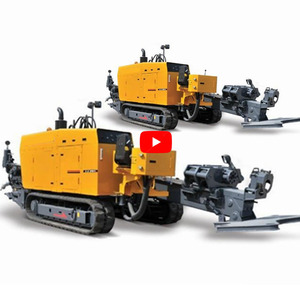







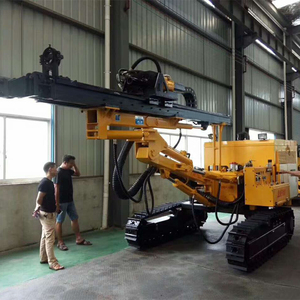






























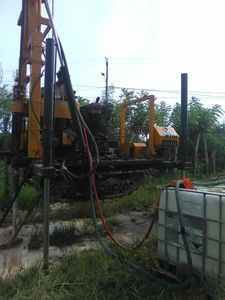


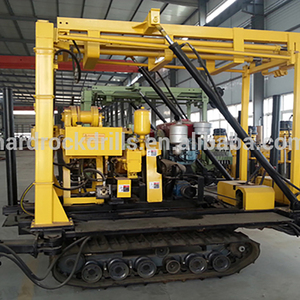

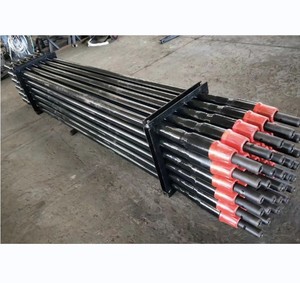

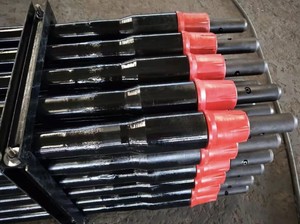





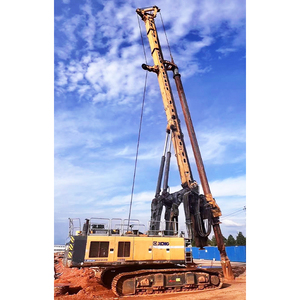



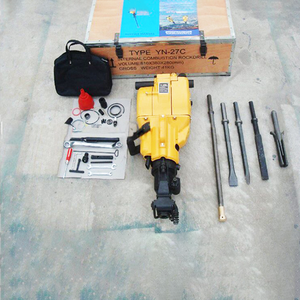



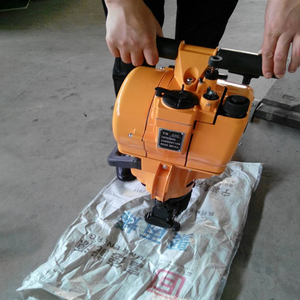















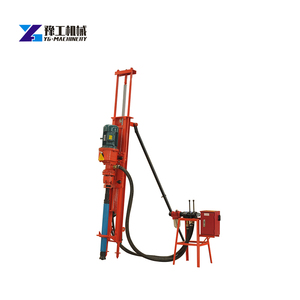

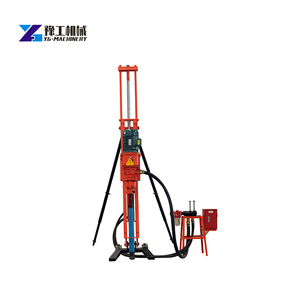







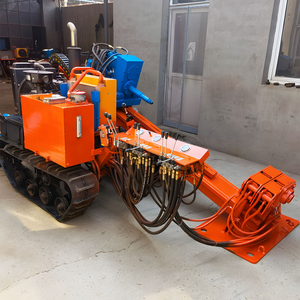




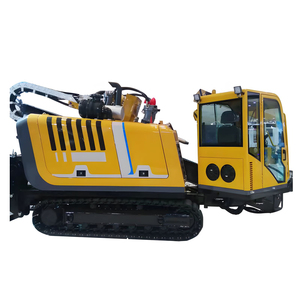


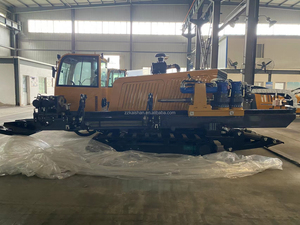


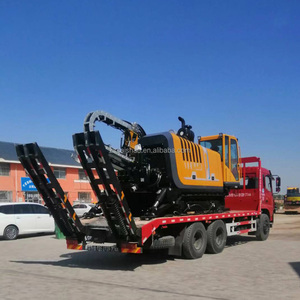
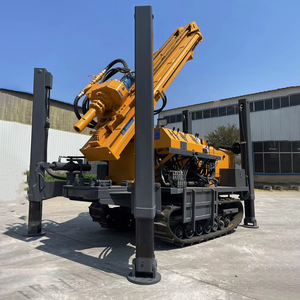

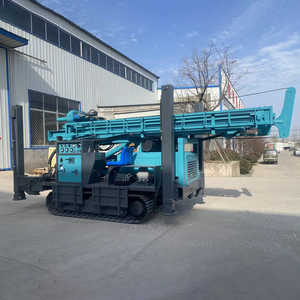
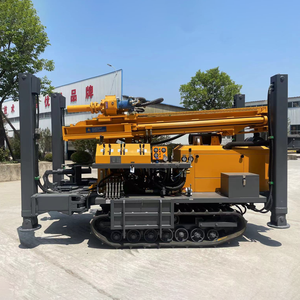









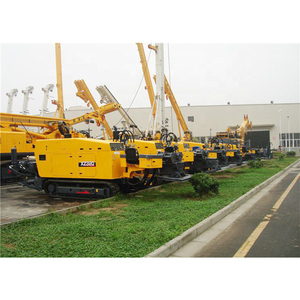





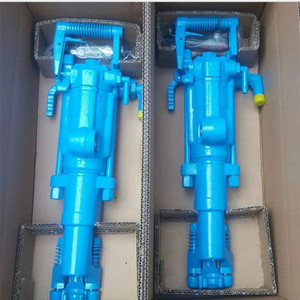















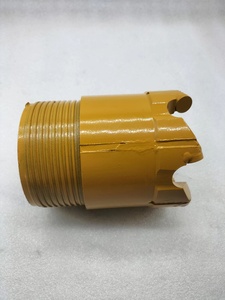


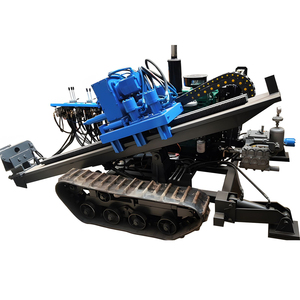















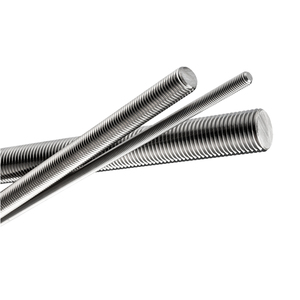


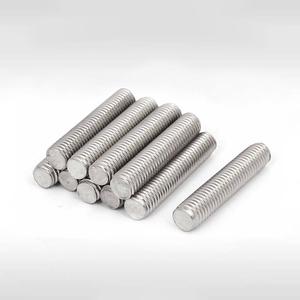


Drill roads are used to connect different components of a drilling rig and transmit power to the drill bit. The following are the main types of drill rods:
Air drill rods are specially designed to work with compressed air as a power source, also known as air drilling drill rods, which are the conduit that brings the compressed air to the drill bit. The compressed air is used to flush cuttings from the borehole out and cool the drill bit. This drilling method is frequently used in mining, geothermal drilling, and water well drilling.
Water well drill rods are also known as water swivels drill rods. These drill rods are the conduit that brings water or drilling fluids to the drill bit. Water well drill rods are typically used in water well drilling, which is the process of drilling a hole in the ground for the extraction of a natural resource such as ground water, brine, natural gas, or oil. The rods are connected end-to-end with various types of threads or couplings to achieve the desired drill depth.
Core drilling is a kind of drilling used primarily in the mining industry, which can obtain a cylindrical core of rock in order to examine it. The core drill rods are slender rods used to connect the core barrel to the drill rig as well as provide a path for the recovery of the core. They are designed to transmit torque and axial force to the core barrel and drill bit while allowing the core to be extracted up through the center of the rod.
Threaded drill rods are also known as speed rods or extension rods, which are hollow, thick-walled, steel pipes with threads on both ends. They are used to transmit impact energy from the rock drill to the drill bit in small-hole drilling applications such as mining, construction, tunneling, and quarrying. Threaded drill rods are designed to be coupled together in a series to extend the length of the drill string. Their threaded connections make for quick and easy rod changing during the drilling process.
Types of drills: Drill roads are usually divided into pneumatic drills, hydraulic drills, and electric drills according to the power source. They are also divided into top hammer drills and down-the-hole drills according to the work method.
Model: The model, such as Y6, Y19A, TY24C, etc., is usually determined by the size, weight, and power of the drill.
Parameters: The parameters of the drill, including the working pressure, air consumption, impact power, impact frequency, drilling diameter, etc., are important indicators to measure the performance of the drill. For example, the working pressure of a typical pneumatic drill is about 0.63 MPa, and the impact power is about 1.8 KW. The impact frequency is about 36 Hz.
Regular inspection: Regularly inspect the appearance and working parts of the drill to check for wear, damage, and loose parts. Pay attention to the air pressure, lubrication system, and working performance of the drill.
Drill cleaning: Regularly clean the surface of the drill and remove dust, dirt, and debris to prevent the drill from overheating during operation.
Lubrication maintenance: Ensure that the lubrication system of the drill is working correctly, and regularly add lubricating oil to the friction parts and joints to reduce wear and tear and ensure smooth operation.
Replace the drill bit: The drill bit is the part that directly contacts the ground. If the drill bit is damaged or worn out, it will affect the drilling efficiency and quality. Therefore, it is necessary to replace the drill bit regularly according to the usage.
Battery maintenance: If it is an electric drill, pay attention to the maintenance of the battery. Regularly check the battery status and charging performance. Avoid overcharging or over-discharge to ensure the battery is used correctly.
Safety inspection: Before using the drill, conduct a comprehensive safety inspection to ensure that the protective devices, fasteners, etc., are in good condition and reliable to ensure the safety of the operation.
Asphalt road core drill machines are widely used in many industries, including but not limited to the following aspects.
Drilling machines are essential tools in the construction industry. The construction industry often uses road core drilling machines to assist engineers in drilling roads, bridges, and other infrastructure projects that require precise holes and cuts. For example, when constructing new roads or bridges, the road core drilling machine can be used to obtain soil samples for testing, determine the exact location of the pillar foundation, or create openings for drainage systems.
In geological exploration, geologists use road core drill machines to obtain core samples from the earth's crust. These samples help them analyze the composition, structure, and mineral content of the geological formations. This information is crucial for identifying potential mineral deposits, evaluating the feasibility of mining projects, and understanding the underground conditions before any construction.
In the mining industry, road core drill machines play an important role in mineral exploration. Geologists use them to extract core samples from potential mining areas. By analyzing these samples, geologists can determine the presence and distribution of valuable minerals, such as gold, copper, and iron ore. This information guides mining companies in selecting the most suitable mining sites and developing efficient extraction plans.
Archaeologists also use road core drill machines to excavate archaeological sites carefully. The drill machines allow archaeologists to extract soil samples and artifacts without damaging the surrounding cultural relics. By analyzing the core samples collected, archaeologists can uncover valuable information about the history and civilization of the site, providing insights into the past.
Road core drill machines are also widely used in hydrogeological exploration. Geologists use them to drill water wells, monitor wells, and soil columns. These wells provide essential information about the distribution and quality of groundwater resources. They help in managing water resources effectively and ensuring a sustainable supply of water.
Scientific research also uses road core drill machines. They are used for biological research, environmental research, and other fields. For example, in the field of ice core drilling, road core drill machines can extract ice core samples from polar ice caps and glaciers. The ice cores contain valuable information about climate change and atmospheric composition over thousands of years, contributing to the study of global environmental changes.
When selecting a drill for road construction, several factors need to be considered to ensure the machine's efficiency and safety.
It is crucial to determine the project's scale and specific requirements. Consider the project's size, depth, and diameter of the holes to be drilled. Then, choose a drill that can meet the project's requirements and ensure that the machine's efficiency matches the project's scale, avoiding unnecessary losses.
Select a drill with reliable performance and high work efficiency, which can improve work efficiency and reduce construction costs. Verify the machine's power, drilling speed, and other performance parameters to ensure that it can meet the project's needs and that it is well maintained.
Consider the operator's skill level and the complexity of the machine's operation. Choose a drill for road construction with an adaptive operator's operation level, ensuring that the operator can use the machine effectively and safely. In addition, it is necessary to provide operators with relevant training to improve their operation skills and maximize the machine's performance.
Consider the construction environment in which the machine will be used, including factors such as terrain, climate, and geological conditions. Depending on the situation, choose a drill that is compatible with the construction environment. Whether it is stability and adaptability, it can ensure efficient and safe operation in various environments.
Choose a reputable manufacturer and dealer with a reliable supply chain. Ensuring timely and effective service and support in the event of equipment failure. In addition, it is also necessary to consult the manufacturer's technical support and after-sales service capabilities to ensure that the machine can be maintained and repaired in a timely manner.
According to the budget, consider the cost performance of the drill, balance the performance and price of the machine, and choose a machine that meets the project's requirements.
Q1: What are the benefits of using a drill for roads over manual methods?
A1: Industrial drills provide efficiency and precision. They are faster and more powerful than manual tools. They require less physical labor and reduce operator strain.
Q2: What are the different types of drills for road construction?
A2: Common types include auger, core, impact, and percussion drills. Recent developments have produced more specialized tools like hydraulic drills.
Q3: What safety features do road drills have?
A3: Most road drills have safety clutches that prevent overdrilling. They also have insulated grips to prevent electric shock. The operator's manual gives specific safety instructions for each model.
Q4: How long does a road drill battery last?
A4: The battery life of a road drill depends on factors like the workload and the depth of drilling. Most road drills can work continuously for 20 to 30 minutes before needing to recharge.